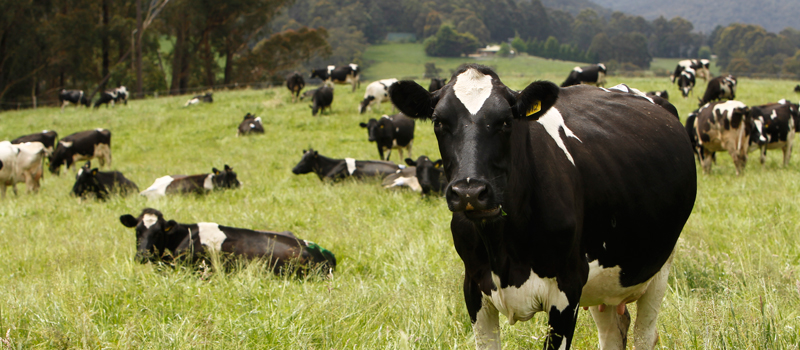Russian dairy herd hits all time low

Russian milk production will hit an all-time low next year, as the country’s dairy herd shrinks to its lowest level on record, US officials said.
The U. S. Department of Agriculture’s bureau in Moscow saw the Russian milking herd down 3.0% year on year in 2017, at 7.32m head, citing low investment in cattle, despite rising yields for big producers.
Consumption of liquid milk is also set to fall to its lowest level on record, as high prices discourage consumption.
Palm oil substitution
The structure of the Russian dairy industry is shifting, as larger farms get more efficient, with fewer cows producing higher yields.
«These companies improve their efficiency but do not have enough incentives for expansion,” said the Moscow bureau, adding that «uncertainty in state agricultural support programs and budgets has stalled new investment”.
The bureau noted a raft of disincentives to investments in Russian dairy output, including «increased use of vegetable oil substitutes by processors”.
As Agrimoney reported last year, Russian dairy producers have warned that the food industry’s use of vegetable oil as a substitute for dairy fat could damage local production.
Higher yields
But despite smaller herds, the larger producers have been able to boost yields thanks to better genetics and herd management.
«As a result, production of milk for factory use at industrialized agricultural establishments will likely continue growing in 2017 while the milking herd at these industrial farms will continue to decline,” the bureau said.
Production at small-scale backyard farms is falling.
Still, with imports remaining heavily restricted, the bureau suggested that «higher dairy prices may ease the impact of uncertain state support”.
Falling production
Russian milk production is forecast to 0.5%, to an all-time low of 30.195m tonnes in 2017.
«Fluid milk production will decline at a slower pace than milking herd numbers due to rising per cow yields at leading industrialized farms,” the bureau said.
Imports of fluid milk, and whole milk and skimmed milk powder, are seen unchanged in 2017, as sanctions on EU imports remain in place, with Belarus remaining the main seller into the Russian market.
